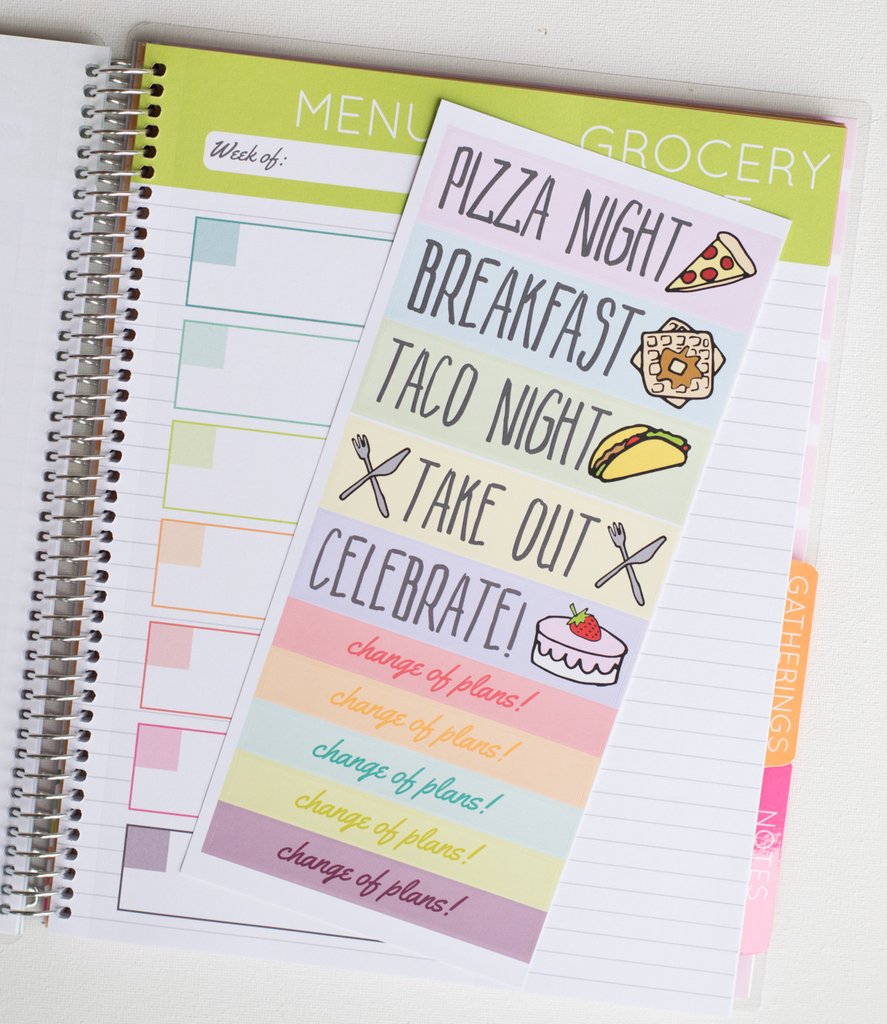You may say “Oh, but I like the structure and it’s so much easier to follow what foods I am supposed to eat” but the reality is, you cannot live happily and content eating the same food over and over again day in and day out.
What happens when your friends or family want to go out for pizza and it’s not on your meal plan?
Or you decide last minute plans to take your dinner plan out instead of what you planned on at home?
This is what sets people up for failure. It is extremely hard to maintain eating the same foods day in and day out, and you will get tired and bored of what someone else tells you to eat before you eventually “quit”.
Moreover, you are likely to binge on “forbidden” foods over the weekend, especially when you feel you’ve earned a “reward” for being so adherent to your plan all week.
What happens then? You gain the weight back, or don’t lose at all, because there is a constant pull to consume foods you missed out on or haven’t eaten in a long time.
I then started learning about macros, and began swapping foods from the plan to enjoy other foods. I learned that the oatmeal for breakfast had 27 grams of carbs, which in turn meant that I could eat anything for the same 27 grams of carbs and still be in the caloric deficit, whether it was fruit, vegetables, bread, rice, or a burrito with my eggs.
I followed the same suit and learned how to swap foods at lunch and dinner. I instantly felt more satisfied and happier, as it was a more sustainable approach and easily maintain.
So no, I don’t like to write meal plans for people. I would much rather teach you flexible dieting, where no foods are off limits, as there are no special foods you must eat in order to be successful in your weight loss.
A meal plan is incapable of doing that.
Of course your diet should be based around quality, wholesome, nutritious foods, but it’s important to keep in mind that it is the quantity of what you are having is what matters the most with an effective weight loss plan.









